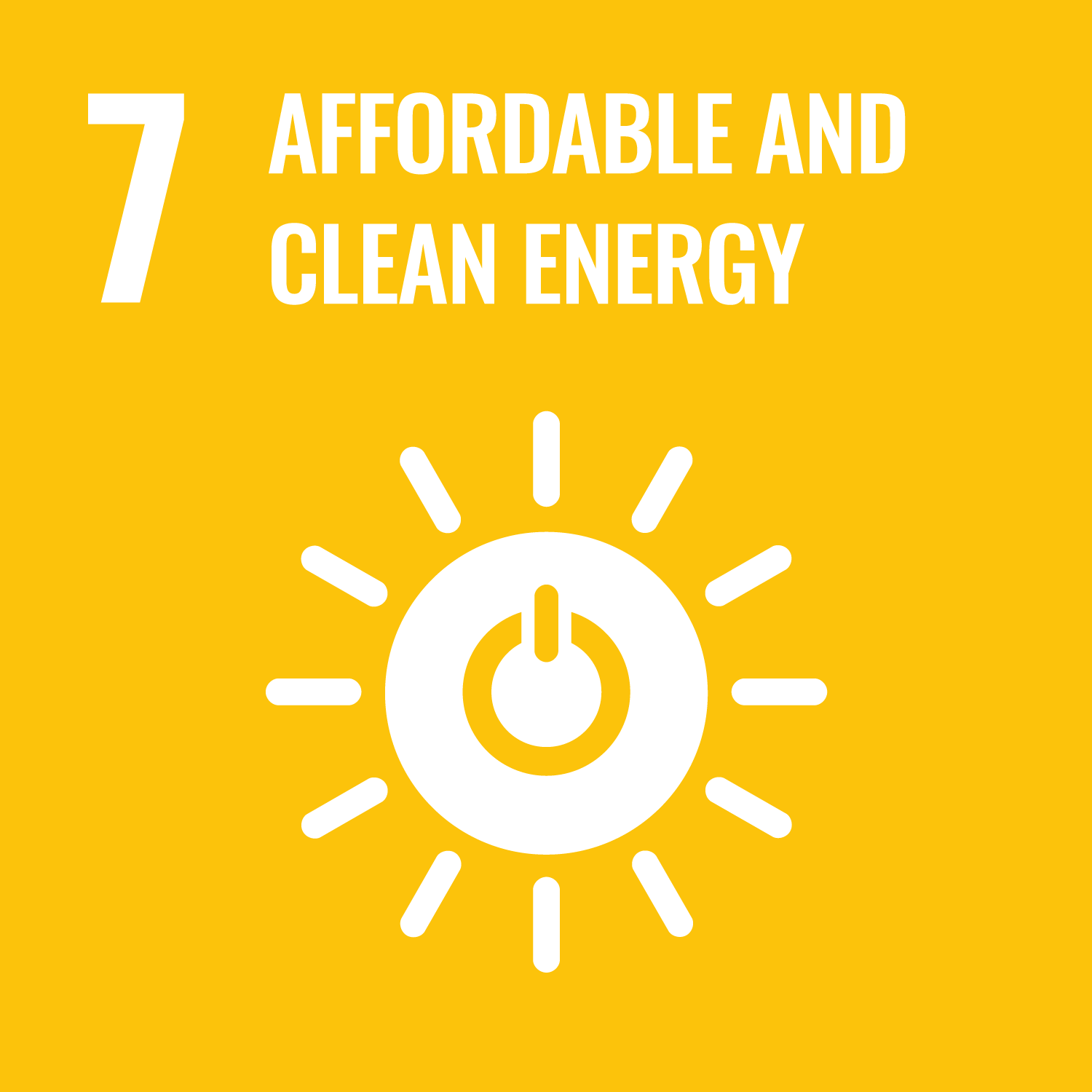This course introduces foundations of nanoscience at the undergraduate level. At the beginning of the course you will be given
a brief summary of the basic science needed to understand matter at the nanoscale. Afterwards, you will learn about nanofabrication
and characterization methods. In this course you will also learn about various developing nanotechnologies such as bionanotechnology,
nanoelectronics and nanophotonics. Introduction to nanomechanics and nanofluidics will also be given.
The aim of this course is to help students understand basics of nanoscience and become familiar with emerging nanotechnologies.
This course is directed to undergraduate students having interest in chemistry, materials science and electrical- and bioengineering.
| Goals and objectives | Course Outcomes | |
|---|---|---|
| 1. | The students will be able to understand the matter at the nanoscale level. |
A-1
|
| 2. | The students will become familiar with the nanoscale fabrication and characterization techniques. |
A-1
|
| 3. | The students will become familiar with emerging nanotechnologies. |
A-1
|
| Class schedule | HW assignments (Including preparation and review of the class.) | Amount of Time Required | |
|---|---|---|---|
| 1. | Introduction and prerequisites to Nanotechnology Course. | Read Chapters 1,2 | 180分 |
| 2. | Fabrication at the nanoscale. | Read Chapter 4 | 100分 |
| Problems #1 | 90分 | ||
| 3. | Nanomagnetism | Read Chapter 5 | 100分 |
| Problems #2 | 90分 | ||
| 4. | Micro-and nanomechanics. | Read Chapter 9 | 100分 |
| Problems #3 | 90分 | ||
| 5. | Bionanotechnology: a very brief overview. | Read Chapter 11 | 100分 |
| Problems #4 | 90分 | ||
| 6. | Nanotechnology and the future. | Read Chapter 12 | 100分 |
| 90分 | |||
| 7. | Exam #1 and discussion on solutions to the exam's problems. | Review material for exam #1 | 300分 |
| 8. | Bulk materials. | Read Chapter 3 | 100分 |
| 90分 | |||
| 9. | Real solids: defects, interactions and confinement. | Read Chapter 5 | 100分 |
| 90分 | |||
| 10. | Nanostructures for energy and health. | Read handouts | 100分 |
| 90分 | |||
| 11. | Charge transport and nanoelectronics. | Read Chapter 6 | 100分 |
| Problems #9 | 90分 | ||
| 12. | Nanophotonics. | Read Chapter 8 | 100分 |
| 90分 | |||
| 13. | Methods for nanoscale characterization. | Read handouts | 100分 |
| 90分 | |||
| 14. | Exam #2 and discussion on solutions to the exam's problems. | Review material for exam #2 | 300分 |
| Total. | - | - | 2870分 |
| Exam #1 | Exam #2 | Problems | Total. | |
|---|---|---|---|---|
| 1. | 10% | 10% | 20% | 40% |
| 2. | 10% | 10% | 10% | 30% |
| 3. | 10% | 10% | 10% | 30% |
| Total. | 30% | 30% | 40% | - |
Exam #1 will contribute 30% to your grade.
Exam #2 will contribute 30% to your grade.
Problems will contribute 40% to your grade.
Students need at least 60% of the full score to pass this course.
Exam #2 will contribute 30% to your grade.
Problems will contribute 40% to your grade.
Students need at least 60% of the full score to pass this course.
Nanostructures and Nanotechnology, 1st Edition by Douglas Natelson, Cambridge University Press 2014
- Contact via e-mail, the e-mail addresses to So Yoon Lee: soyoon[at]shibaura-it.ac.jp
- Contact via e-mail, the e-mail addresses to Izabela Rzeznicka: izabela[at]shibaura-it.ac.jp
- Course that cultivates an ability for utilizing knowledge
- Course that cultivates a basic problem-solving skills
| Work experience | Work experience and relevance to the course content if applicable |
|---|---|
| N/A | N/A |


- 3.GOOD HEALTH AND WELL-BEING
- 7.AFFORDABLE AND CLEAN ENERGY
Last modified : Sun Mar 21 17:21:13 JST 2021
